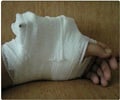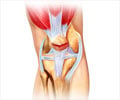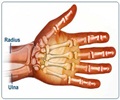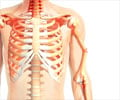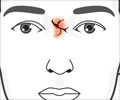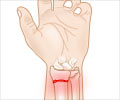More than 7.5 million athletes participated in school sports during the 2008-09 academic year in the United States
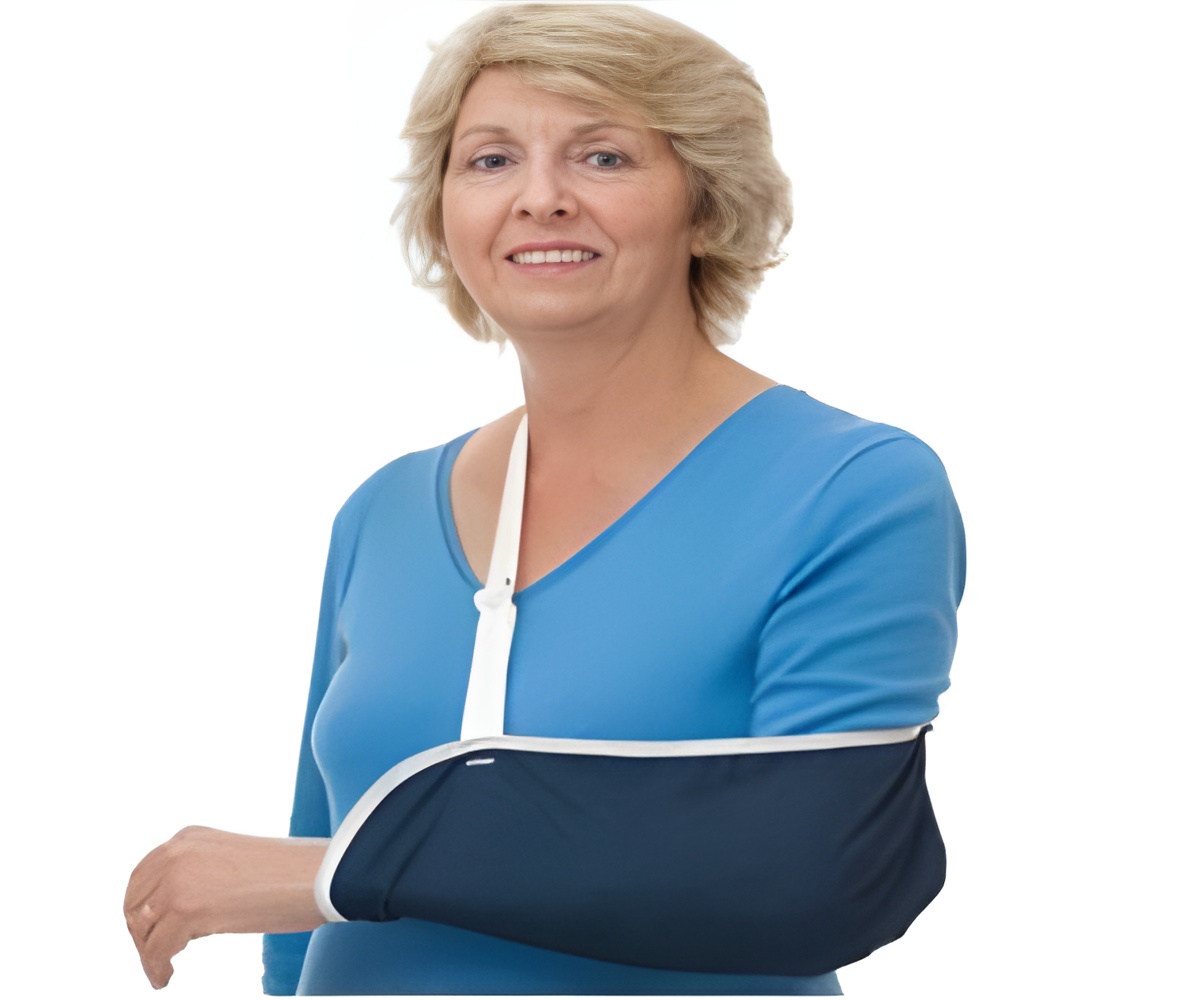
In addition to the high costs associated with fractures, the study found that due to their serious nature, fractures resulted in significantly more time lost from competition than other injury. Most resulted in three weeks or more time lost (34 percent) or medical disqualification from participation (24 percent).
"Fractures are a major concern for U.S. high school athletes. They can severely affect the athletes' ability to continue sports participation and can impose substantial medical costs on the injured athletes' families," explained study author Dawn Comstock, PhD, principal investigator in Center for Injury Research and Policy at Nationwide Children's Hospital. "Establishing measures to reduce fractures among U.S. high school athletes should be an important part of sports injury prevention policies."
Results of the study, published in the July issue of Clinical Journal of Sports Medicine, showed that fractures were the fourth most common injury after ligament sprains, muscle sprains and bruising. Overall, the most frequently fractured body sites were the hand and finger (28 percent), wrist (10 percent) and lower leg (9 percent). The study also showed that boys sustained the majority (83 percent) of all fractures, and that while mechanisms of fractures differed between sports, half of all fractures occurred as a result of contact between athletes.
Additionally, nearly 10 percent of fractures were related to illegal activities.
"Illegal activities represent a preventable cause that should be targeted by prevention programs. Increasing penalties, strict enforcement of current penalties, and better education about rules and the dangers associated with breaking the rules could all help in reducing injuries related to illegal activities," said Dr. Comstock, also a faculty member of The Ohio State University College of Medicine.
Advertisement
Advertisement

